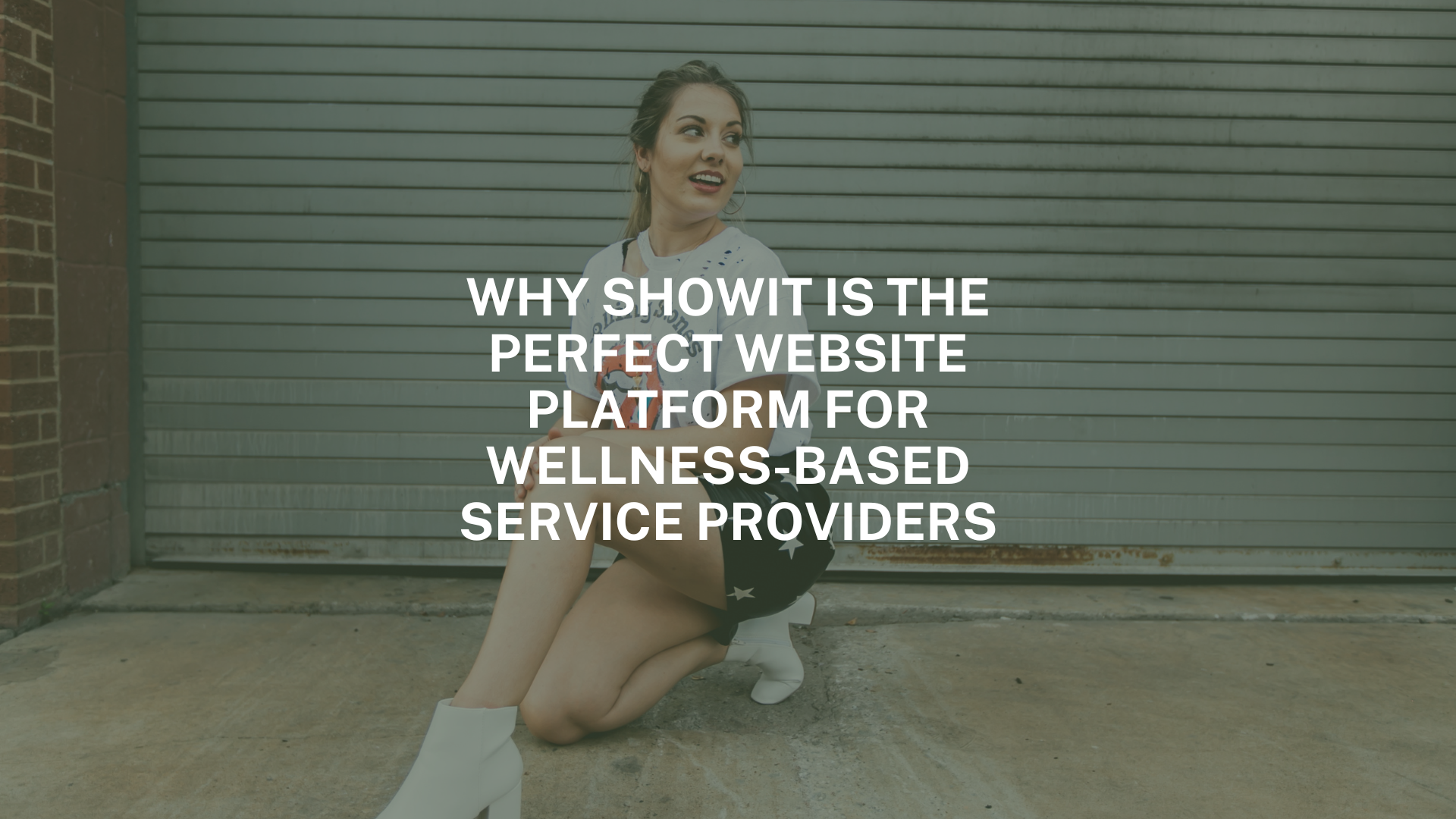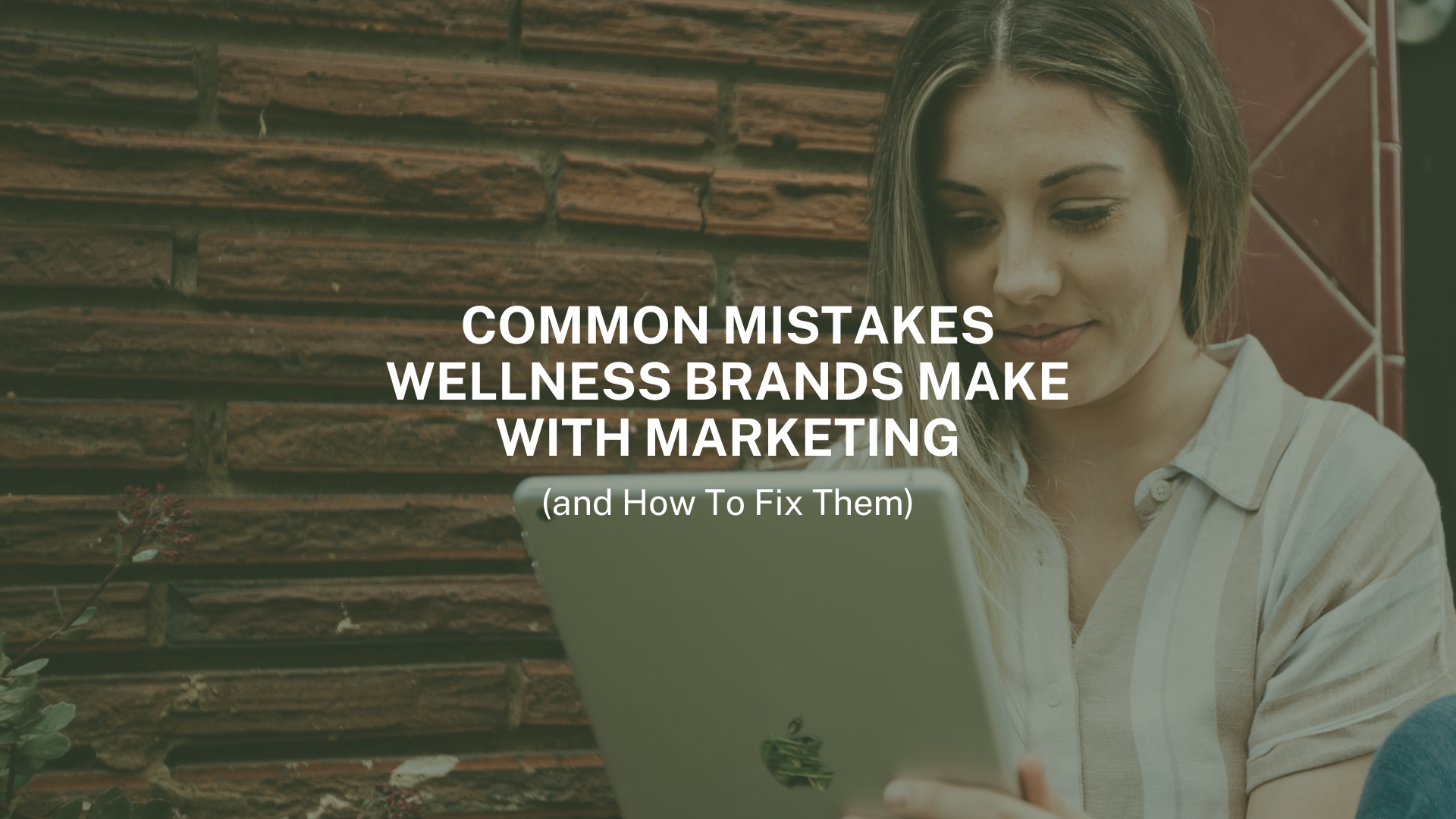Marketing Challenges for Wellness Brands
Marketing for wellness brands is as rewarding as it is challenging. Your audience is savvy, values-driven, and deeply invested in their well-being. They expect brands to reflect their values while offering products and services that genuinely enhance their lives.
But even the best intentions can lead to missteps. Let’s explore common mistakes wellness brands make and provide actionable tips to fix them, so your business can thrive authentically:
Mistake 1: Inconsistent Messaging Across Channels
The Problem:
Your Instagram posts highlight self-care, but your website reads like a clinical textbook. This lack of alignment confuses your audience and erodes trust.
How to Fix It:
- Define your brand voice: Is it approachable, educational, or inspiring?
- Ensure visual consistency: Use cohesive colors, fonts, and imagery across platforms.
- Audit your channels: Regularly check for messaging misalignments.
Example: A wellness brand selling eco-friendly skincare could align their social media, email campaigns, and website with messaging like, “Nourishing your skin while nurturing the planet.”
Mistake 2: Ignoring the Power of Data
The Problem:
Many wellness brands rely on intuition instead of analytics to make marketing decisions. While passion is essential, ignoring data can lead to missed opportunities.
How to Fix It:
- Use tools like Google Analytics or social media insights to track performance.
- Monitor KPIs like website traffic, email open rates, and ROI on paid ads.
- Test and iterate: Experiment with different strategies and let the data guide you.
Pro Tip: Set up a simple dashboard to track your most important metrics monthly.
Mistake 3: Overlooking Your Ideal Audience
The Problem:
Trying to appeal to everyone waters down your messaging and makes it harder to connect with your core audience.
How to Fix It:
- Create detailed customer personas, including demographics, pain points, and goals.
- Tailor your messaging and content to those personas.
- Engage directly: Use polls, surveys, or comment sections to learn what resonates.
Example: A women-led wellness brand targeting busy moms might focus on themes like balance, self-care, and convenience in their campaigns.
Mistake 4: Overloading Marketing Channels
The Problem:
Spreading yourself too thin across every platform leads to burnout and diluted results.
How to Fix It:
- Focus on 2-3 key platforms where your audience is most active.
- Invest in quality over quantity: Create high-value content instead of churning out posts.
- Use tools like scheduling apps to streamline posting and engagement.
Visual Tip: Include a graphic showing a content calendar focusing on Instagram, email, and blog posts.
Mistake 5: Skipping Personalization
The Problem:
Generic campaigns miss the mark. Your audience wants to feel seen, not like they’re part of a mass email blast.
How to Fix It:
- Segment your email list based on interests or behaviors.
- Use names and tailored recommendations in your communications.
- Leverage retargeting ads to provide personalized follow-ups.
Pro Tip: An email saying, “Hi [Name], here’s how our [Product] can help with [specific need],” goes a long way in building trust.
Mistake 6: Prioritizing Sales Over Connection
The Problem:
Constantly pushing products without adding value makes your brand seem salesy, not supportive.
How to Fix It:
- Share educational content: Blogs, videos, or guides on wellness topics your audience cares about.
- Build community: Host webinars, Q&A sessions, or social media challenges.
- Focus on storytelling: Highlight how your brand makes a difference in people’s lives.
Related Content: Link to How to Scale Your Wellness Brand with Ethical Marketing Strategies.
How to Avoid Marketing Pitfalls
Avoiding these common mistakes can transform how your wellness brand connects with its audience. By staying authentic, data-driven, and audience-focused, you’ll create marketing strategies that don’t just sell but build lasting relationships.
Ready to elevate your wellness marketing? Download The Ultimate Guide to Omnichannel Marketing to start crafting campaigns that resonate.




Comments +